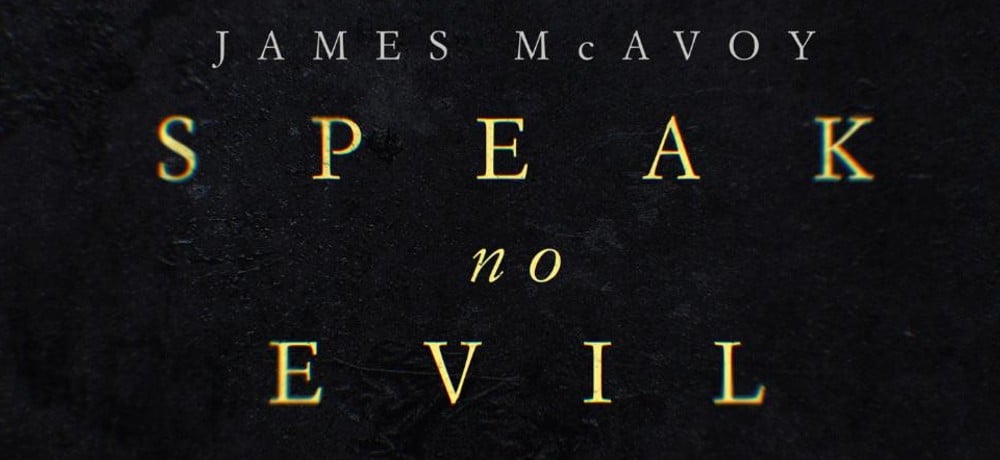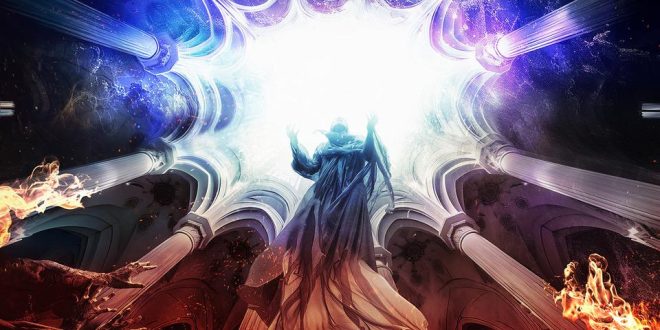YouTube’s ad revenue dropped down to $7.07 billion during the third quarter, marking a 1.9 percent decrease compared to the previous year, parent company Alphabet reported on Tuesday.
The $7.07 billion figure is also a decline compared to the second quarter, when the video platform reported $7.34 billion in advertising revenue during the second quarter, slightly missing analysts’ expectations but representing a 4 percent year-over-year increase.
YouTube’s ad revenue growth has slowed down considerably since the earlier years of the pandemic, when the company saw massive gains; in July 2021, the company had even outperformed its first quarter ad revenue earnings by $1 billion, representing a whopping 84 percent year-over-year increase.
But the video giant isn’t the only tech and social platform to be impacted by a declining digital ad market. Snap, which has previously warned of macroeconomic headwinds impacting its ad business, reported a net loss of $360 million during Q3 as the company has seen engagement in the U.S. decrease by 5 percent year over year.
As YouTube continues to fend off competition, the video platform is preparing to launch one of the biggest updates to its ad revenue sharing program with creators. Beginning next year, short-form creators posting to YouTube Shorts — the company’s TikTok competitor — will receive a 45 percent cut of ad revenue, which will be calculated based on the creator’s share of total Shorts views.
To come to this calculation, YouTube will count the total amount of ad revenue from all ads displayed on Shorts each month. Of that total, an undisclosed percentage will be allocated toward creators, while the remainder will be used to cover the costs of music licensing, Neal Mohan, YouTube’s chief product officer, said at an event on Sept. 20 announcing the program. Creators will then receive 45 percent of the funding allocated toward creators, though each individual will receive different amounts based on their contribution to the total number of Shorts views.
The decision to opt for a 45 percent cut, rather than the 55 percent share that long-form YouTube creators receive, could also signal the start of platforms beginning to reassert themselves as they contend with declining ad revenue.
This article was originally published by The Hollywood Reporter.













![Brilliant Minds Season 1 Finale Review: [Spoiler’s] Return Throws Oliver’s World Out of Control Brilliant Minds Season 1 Finale Review: [Spoiler’s] Return Throws Oliver’s World Out of Control](https://cdn.tvfanatic.com/uploads/2025/01/Rushing-to-Save-the-Apartment-Victims-Brilliant-Minds-Season-1-Episode-12.jpg)
















